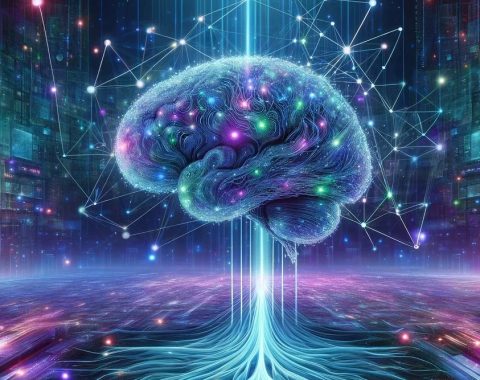Artificial intelligence has been revolutionizing the way we work for decades now, and with the development of GPT-4, it’s set to take the world by storm once again. The newest generation of the GPT series is expected to be even more advanced than its predecessor, GPT-3, and has the potential to drastically reduce the cost of human labor.
GPT-4 is a language model that uses deep learning algorithms to generate text that is almost indistinguishable from human writing. It can write anything from simple sentences to complex articles, emails, and reports, and is already being used by businesses and organizations around the world to automate content creation.

One of the most significant advantages of GPT-4 is that it can do the work of many human writers in a fraction of the time and cost. This means that businesses can save money on salaries, benefits, and other overhead expenses associated with employing a large writing team.
GPT-4 can also work around the clock, tirelessly generating content without the need for breaks or vacations, unlike human workers. This means that businesses can get more work done in less time, which can lead to increased productivity and profits.
Another benefit of GPT-4 is that it can learn and adapt to the needs of the business over time. It can be trained to write in a particular style or tone, incorporate specific keywords or phrases, and even tailor its writing to different audiences or markets.
However, despite the many benefits of GPT-4, it’s important to note that it is not a complete replacement for human writers. There are still certain types of content that require the human touch, such as creative writing, editorial work, and complex technical writing. Therefore, businesses need to strike a balance between using GPT-4 to automate routine writing tasks and employing human writers to handle more complex and creative work.



